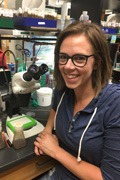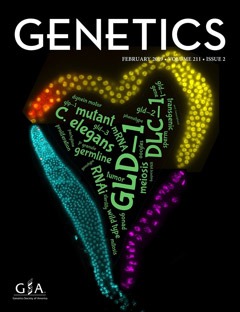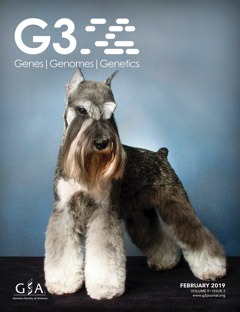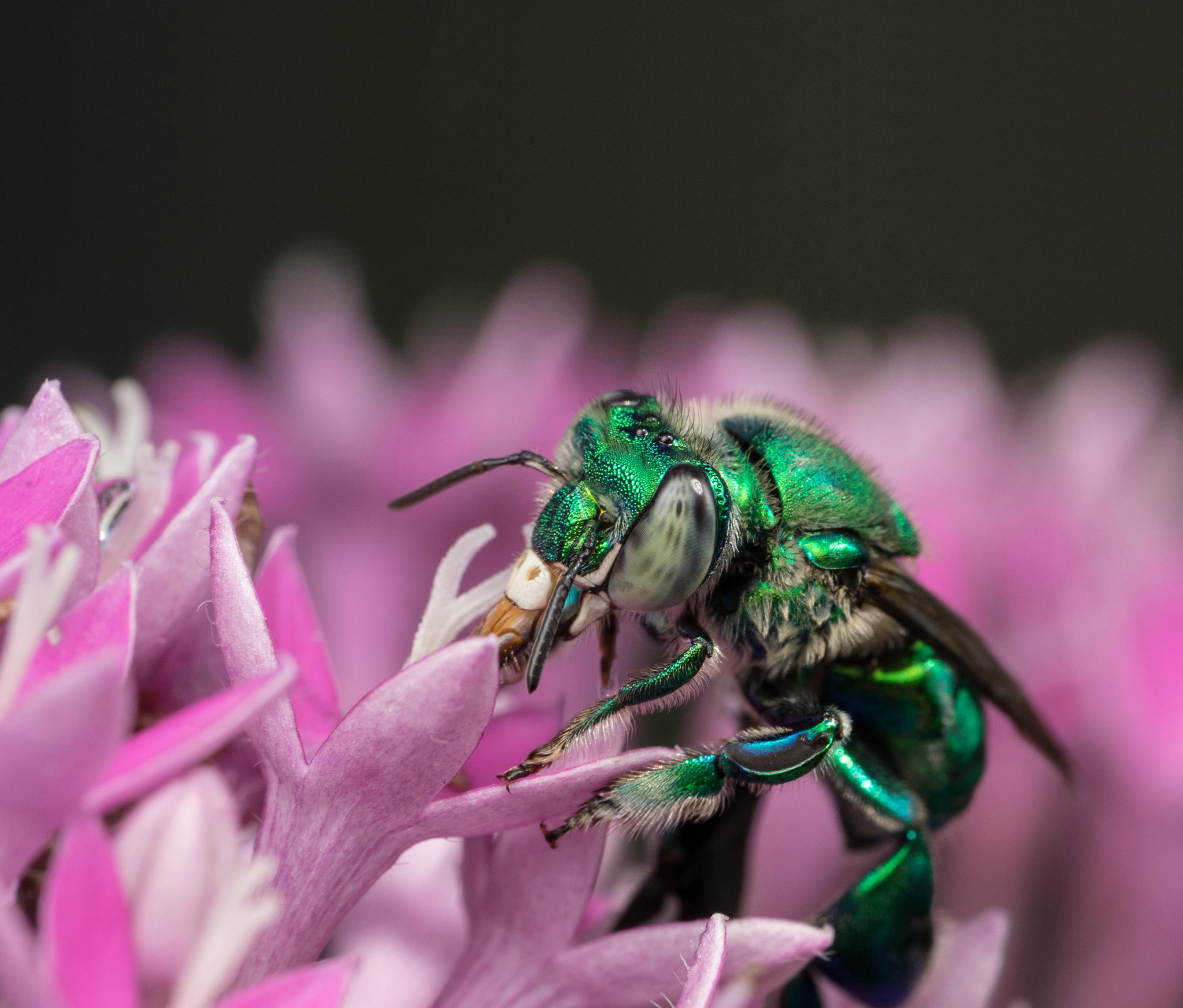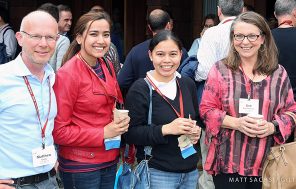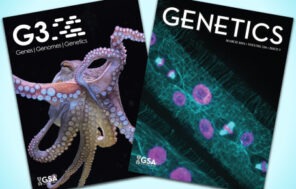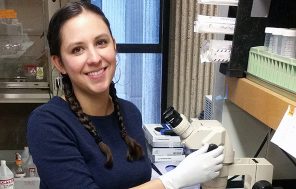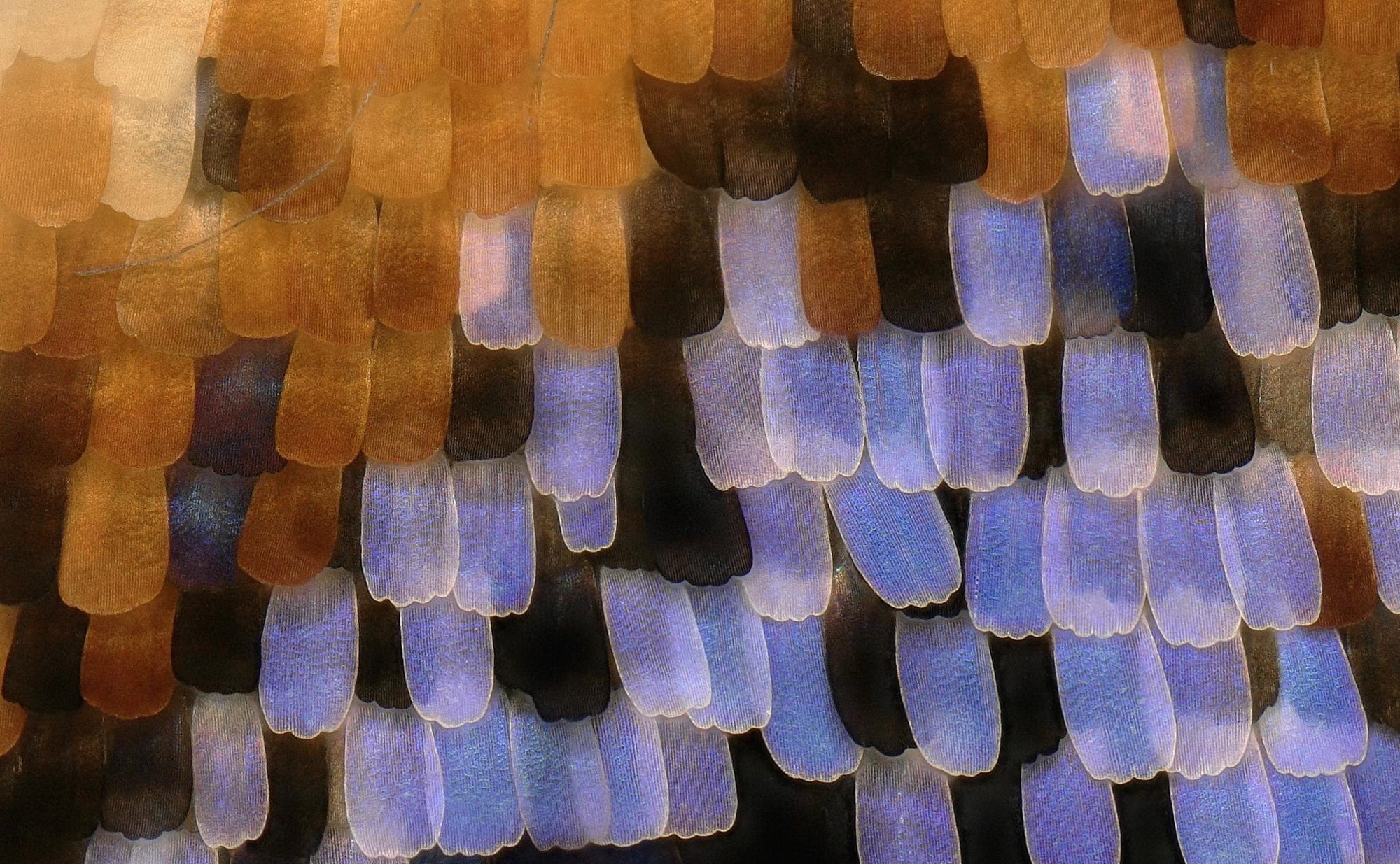News & Events
Conferences
GSA conferences foster collaboration, resource development, and the spread of technology and ideas.
Publications
Our peer-reviewed journals GENETICS and G3: Genes|Genomes|Genetics publish high-quality, original genetics research across the breadth of the field.
Career Development
GSA professional development programs provide rich opportunities for scientists to gain skills and experience.
Come to a conference!
Find and post jobs.
Jobseekers:
Looking for a job, postdoc, studentship, or internship? Post a resume, apply for jobs, and sign up for job alerts!
Employers:
Reach a broad range of biologists at all career stages and from all sectors. Postdoc and student positions can be posted free of charge.
Latest job postings:
- Assistant or Associate Professor, Medical and Cancer Genetics | Fred Hutch Cancer Center
- Program Head – Developmental, Stem Cell & Cancer Biology (DSCB) Research Program | The Hospital for Sick Children
- Program Officer, Symbiosis in Aquatic Systems Initiative | Gordon and Betty Moore Foundation
- Open Rank Faculty (Metabolic Geneticist) | University of Illinois Chicago (UIC)
- Division Director, Geneticist | AMN Healthcare
Read the latest.

Congratulations to the 2025 DeLill Nasser Awardees!
We’re thrilled to announce the Spring 2025 recipients of the DeLill Nasser Award for Professional Development in Genetics! Awarded twice a year, these grants help graduate students and postdocs take the next step in their...

New resources for our mid-career members
The Genetics Society of America continuously evaluates the needs of our community, including members from across career stages. The newly established Engagement and Professional Development Committee (EPDC)—comprised of early career scientists (ECS), mid-career and established...

Mapping the natural history of yeast in a science outreach program
New research published in G3: Genes|Genomes|Genetics lays out a geographical sampling activity tailored for middle school students that helps discover genetic diversity in yeast populations residing in North American oaks.

It was critical that GSA was so willing to put their faith in us. Many people didn’t initially have a lot of confidence that a group of postdocs could organize a new event of this scale.
Learn more

